It might come as a surprise, but grapes are, in fact, classified as berries. Interestingly, the Old English term "berry" was synonymous with "grape," as per Dictionary.com. Even in modern botanical classifications, grapes are still recognized as a type of berry. This classification means that every grape emerges from a solitary flower on the grapevine.
2. Grapes have been around surprisingly long
Grapes have been farmed by humans for thousands of years, with their origins stretching back to ancient civilizations. Grape drinking and winemaking were first documented around 6,000-8,000 years ago in present-day Georgia and Iran. These grapes had smaller and thicker skins than the kinds we know today. They evolved into the vast array of grapes we now have as they spread along trade routes.
In 2017, scientists analyzed and compared the genomes of wild and domesticated grapes. Their findings indicated a divergence between these samples dating back to approximately 22,000 years ago, a time coinciding with the last Ice Age. This divergence occurred well before human cultivation practices began. The study also revealed a prolonged and gradual reduction in grape populations before their domestication. While the exact reason for this decline remains uncertain, scientists theorize that humans interacting with wild grapes might have exerted an evolutionary impact long before domestication began.
3. It's likely that humans domesticated grapes as their first fruit
Recent findings in 2023, supported by genetic research, shed light on the domestication of grapevines approximately 11,000 years ago. Through a comprehensive analysis of grape genome sequences, it was revealed that this fruit underwent independent domestication within two parallel regions: the western Asian expanse that includes Lebanon, Jordan, Palestine, and Israel, and the geographical region now occupied by Azerbaijan, Armenia, and Georgia.
As per the scientists involved in the study, “The grapevine was probably the first fruit crop domesticated by humans … It was one of the first globally traded goods.”
4. There are 8,000 different varieties of grapes
Did you know that there are over 8,000 grape varieties in the world? These range from familiar table grapes like Thompson Seedless to specialized wine grape varieties like Cabernet Sauvignon and Merlot. Each grape variety boasts distinct flavors, colors, and characteristics, reflecting the unique climate and soil conditions of their growing regions.
5. Grape colors and their meanings
Grapes are available in various colors, such as green, red, and black. Each color is a result of different compounds in the grape skin. The vibrant reds and purples of the fruit are caused by anthocyanins, which also have antioxidant properties. Green grapes, on the other hand, obtain their color from chlorophyll and other pigments. These colors enhance the aesthetic appeal of food and beverages.
Lastly, black grapes, with their deep and rich color, exude an air of sophistication and depth. Their skin is black due to a combination of anthocyanins and other colors, which gives them an elegant charm. Because of their rich flavors and complex characters, these grapes often find their way into the manufacture of great wines.
6. Resveratrol: the healthful compounds in grapes
Resveratrol is a natural compound found in the skins of grapes. It has gained popularity due to its possible health benefits, which include antioxidant and anti-inflammatory properties. It is often associated with red wine, as red wine is made from grape skins. Because of its resveratrol concentration, several studies suggest that moderate drinking of red wine may benefit heart health.
7. A single serving offers 27% of your daily vitamin C intake
While grapes might not be immediately linked with ample vitamin C content, it's worth noting that they contribute over a quarter of your recommended daily vitamin C intake. They are surprisingly rich in vitamin K as well, and also boast the benefit of being free of fat and cholesterol.
8. The largest grape variety
In 1937, Japan introduced the Kyoho grape, a crossbreed of European and American varieties. Its popularity initially thrived in Japan and China, but it has since spread globally. Created by combining the Centennial grape and Ishiharawase, it was named Kyoho, which translates to "great mountain peak," in homage to Mount Fuji. These elongated grapes measure 2–4 centimeters (0.78–1.6 inches), featuring dark violet to nearly black skin and a sweet green flesh. Although the seeds and thick skins hold bitterness and are commonly discarded, the Kyoho grape's "slip-skin" characteristic allows easy removal of the skin while preserving the juicy flesh.
9. The grape industry is huge
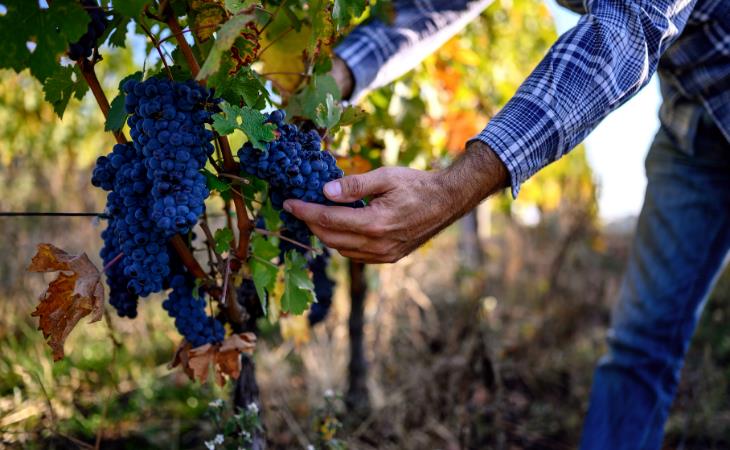
The grape industry is a force to be reckoned with on the global stage. Across the world, expansive vineyards span approximately 25 million acres of terrain. These sprawling expanses yield a staggering annual grape bounty of around 72 million tons. An impressive 71% of these grapes are meticulously crafted into fine wines, including the iconic Champagne. Moreover, 27% of this fruity abundance graces dining tables as delightful, juicy produce. And not to be forgotten, the remaining 2% undergo the transformation into irresistible raisins. To put things into perspective, a single bottle of wine demands the contribution of about 2.5 pounds (1.13kg) of grapes!
10. A staggering 29,292 square miles is devoted to growing grapes
The United Nations Food and Agriculture Organization reveals a staggering expanse of 29,292 square miles dedicated to grape cultivation across the globe. This extensive effort is spearheaded by leading producers such as Spain, Italy, China, and Turkey.
11. The grape's symbolic significance
 Grapes have held symbolic importance in various cultures throughout history. They were associated with fertility in ancient Greece, and abundance and prosperity in ancient Rome. Grapes are used in Christianity to represent Christ's blood at the Eucharist. The fruit's cultural importance is still a thread that runs across societies and traditions. Beyond religion, grapes continue to be symbols of luxury and refinement, often associated with sophistication and indulgence.
Grapes have held symbolic importance in various cultures throughout history. They were associated with fertility in ancient Greece, and abundance and prosperity in ancient Rome. Grapes are used in Christianity to represent Christ's blood at the Eucharist. The fruit's cultural importance is still a thread that runs across societies and traditions. Beyond religion, grapes continue to be symbols of luxury and refinement, often associated with sophistication and indulgence.
12. Grape leaves are used in various dishes
Grape leaves are used for more than just wrapping dolmas and other delectable dishes. They're also a key ingredient in meals from all around the world, particularly Mediterranean and Middle Eastern fare. These leaves are blanched or brined to soften them before being stuffed with a variety of fillings, resulting in a delightful blend of flavors and textures.

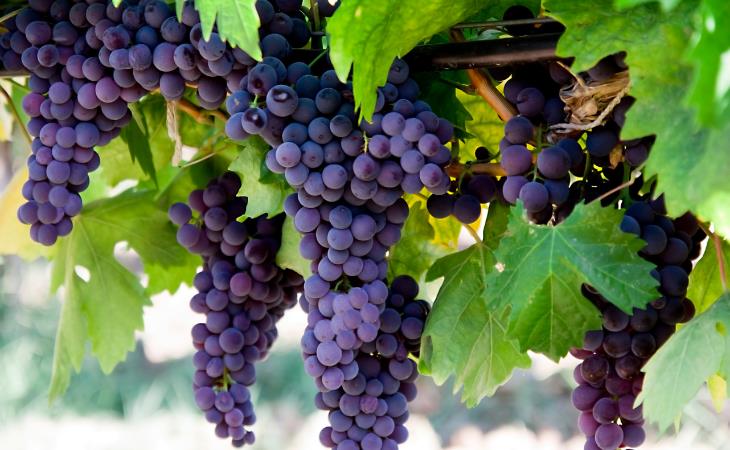
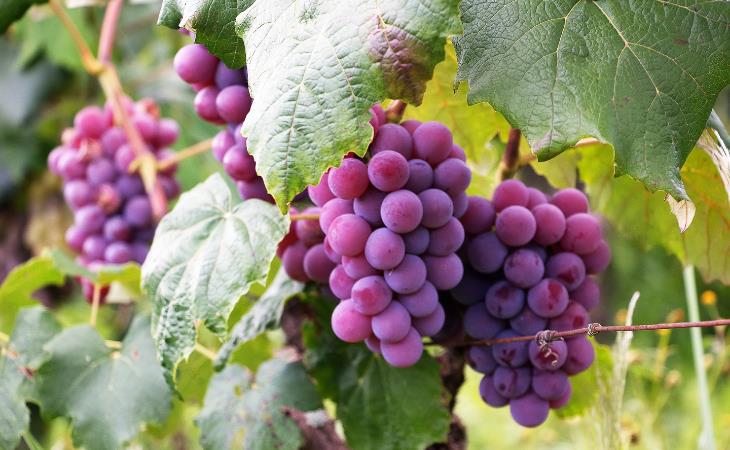


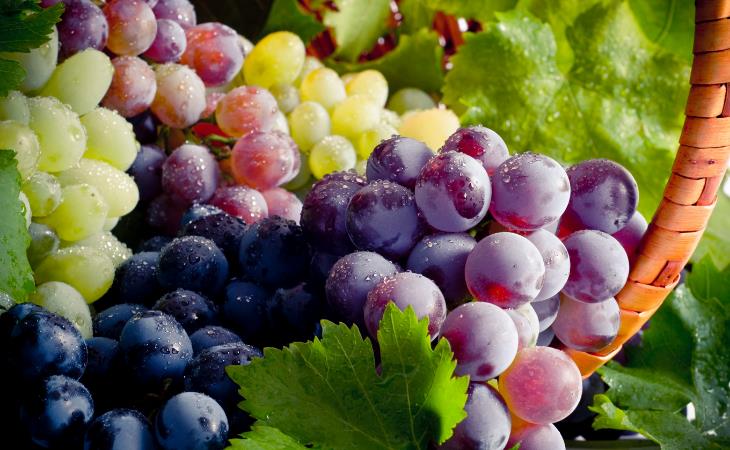

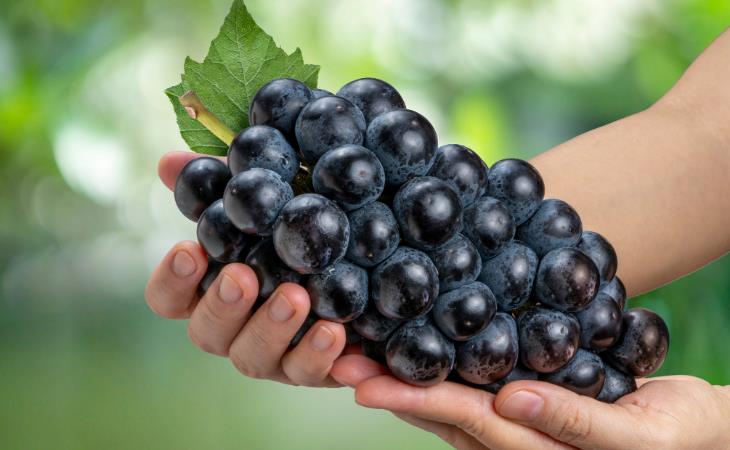

 Grapes have held symbolic importance in various cultures throughout history. They were associated with fertility in ancient Greece, and abundance and prosperity in ancient Rome. Grapes are used in Christianity to represent Christ's blood at the Eucharist. The fruit's cultural importance is still a thread that runs across societies and traditions. Beyond religion, grapes continue to be symbols of luxury and refinement, often associated with sophistication and indulgence.
Grapes have held symbolic importance in various cultures throughout history. They were associated with fertility in ancient Greece, and abundance and prosperity in ancient Rome. Grapes are used in Christianity to represent Christ's blood at the Eucharist. The fruit's cultural importance is still a thread that runs across societies and traditions. Beyond religion, grapes continue to be symbols of luxury and refinement, often associated with sophistication and indulgence.